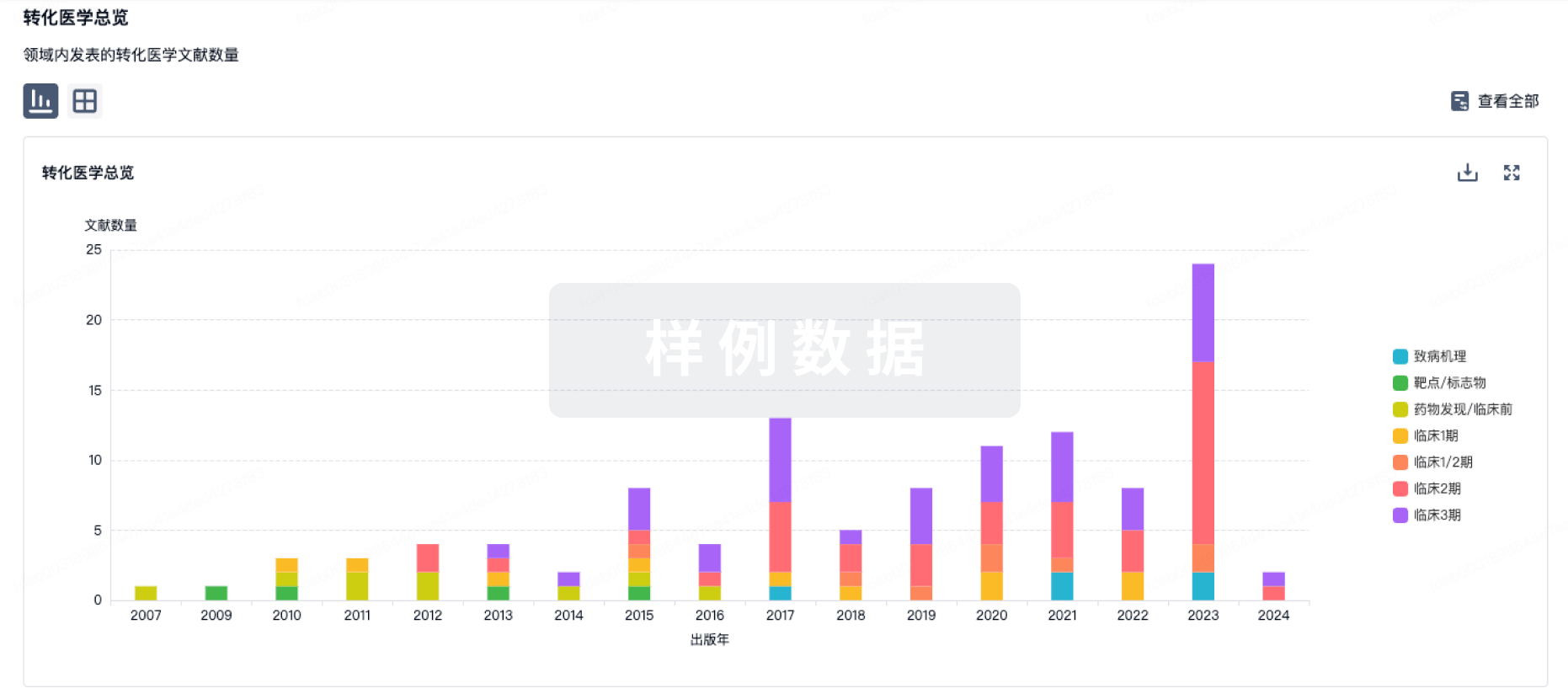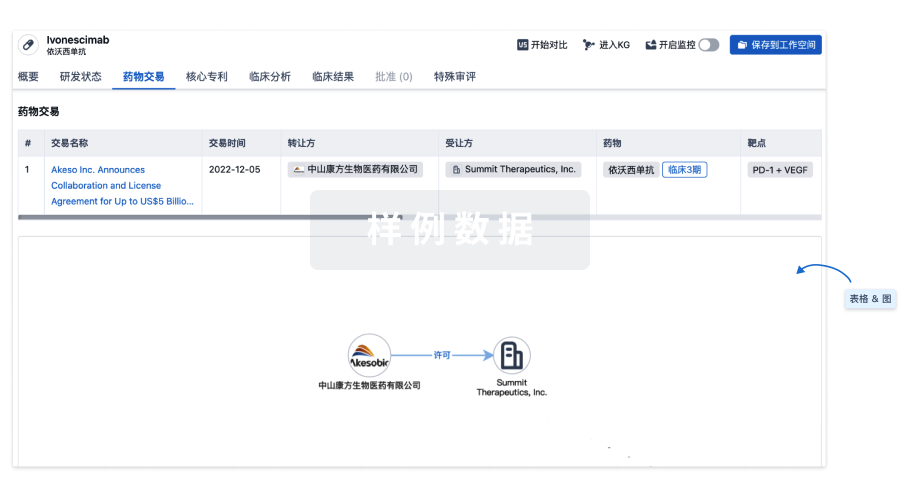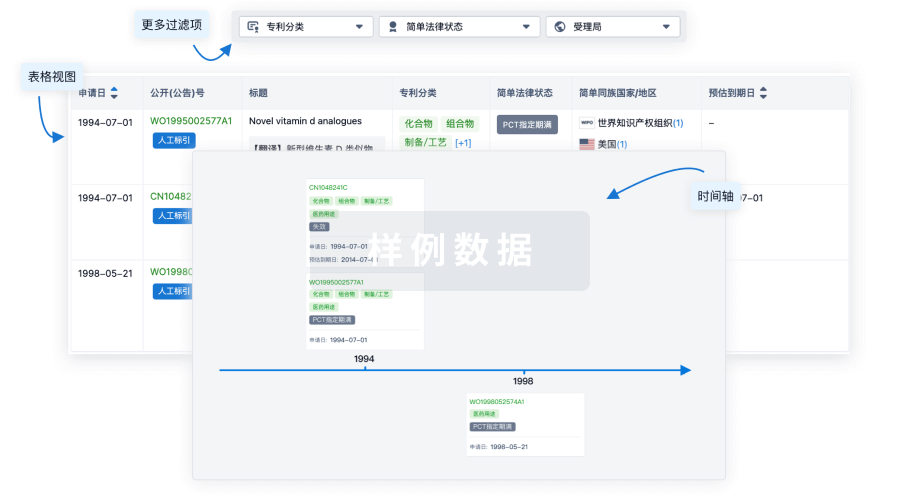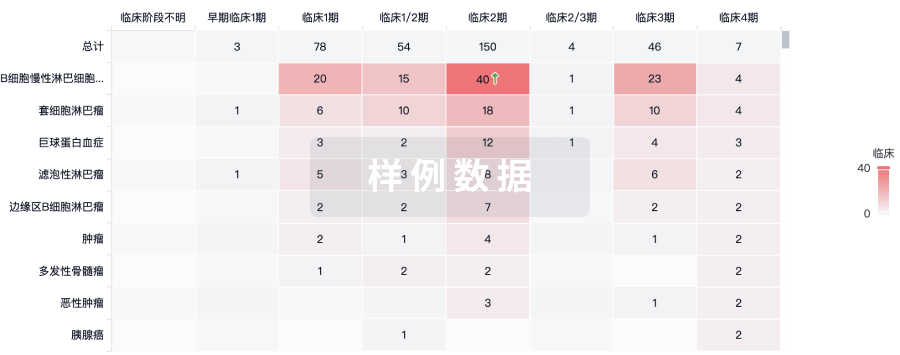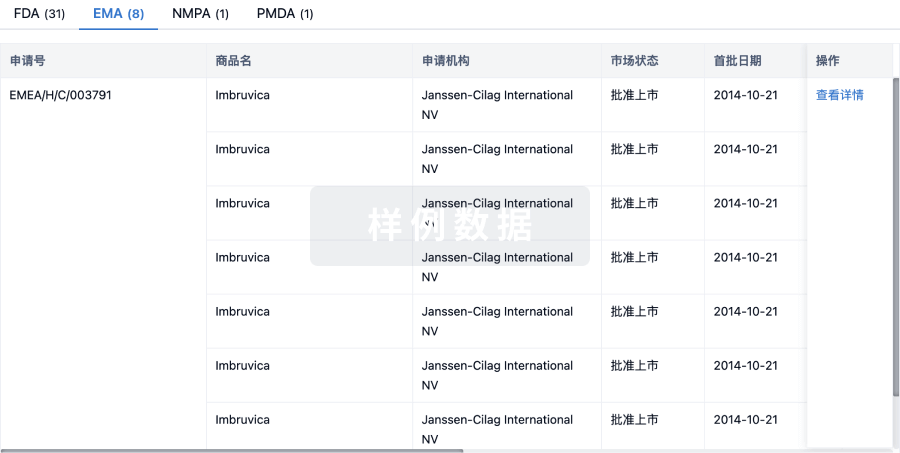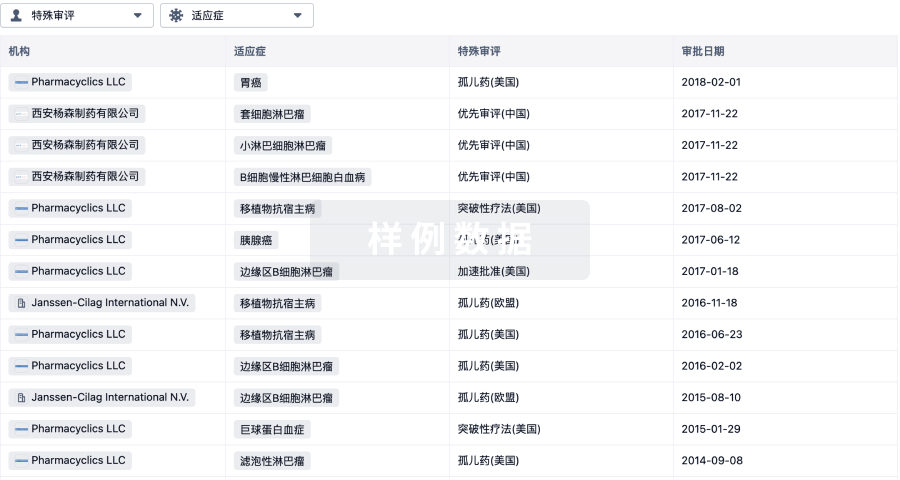Bovine cartilage explants were cultured with 1 mM 4-aminophenylmercuric acetate (APMA) to activate endogenous matrix metalloproteinases (MMPs) and changes in biochemical, biomechanical, and physicochemical properties were assessed. Additionally, graded levels of either rhTIMP-1 (recombinant human tissue inhibitor of metalloproteinases-1) or L-696-418 (a synthetic metalloproteinase inhibitor) were used to inhibit degradation induced by APMA. Treatment with APMA resulted in as much as 80% loss in tissue GAG content, a greater than threefold increase in denatured type II collagen as determined by the presence of CB11B epitope, and complete loss of biosynthetic activity after 3 days in culture. Physicochemical studies revealed that APMA treatment resulted in a significant increase in tissue swelling response, consistent with damage to the collagen network. Activation of MMPs by APMA also resulted in > 80% decrease in equilibrium modulus, dynamic stiffness, and streaming potential and > 50% decrease in electrokinetic coupling coefficient. The addition of 4 microM, 400 nM, and 40 nM TIMP inhibited PG loss by 95, 50, and 20%, respectively, and all doses effectively inhibited swelling response. The addition of 4 microM and 400 nM L-696-418 inhibited PG loss by 95% while 40 nM L-696-418 inhibited PG loss by 60%, and all doses effectively inhibited swelling response. The inhibition of APMA-induced GAG loss by 4 microM TIMP was accompanied by maintenance of streaming potential, electrokinetic coupling coefficient, dynamic stiffness, and equilibrium modulus.
